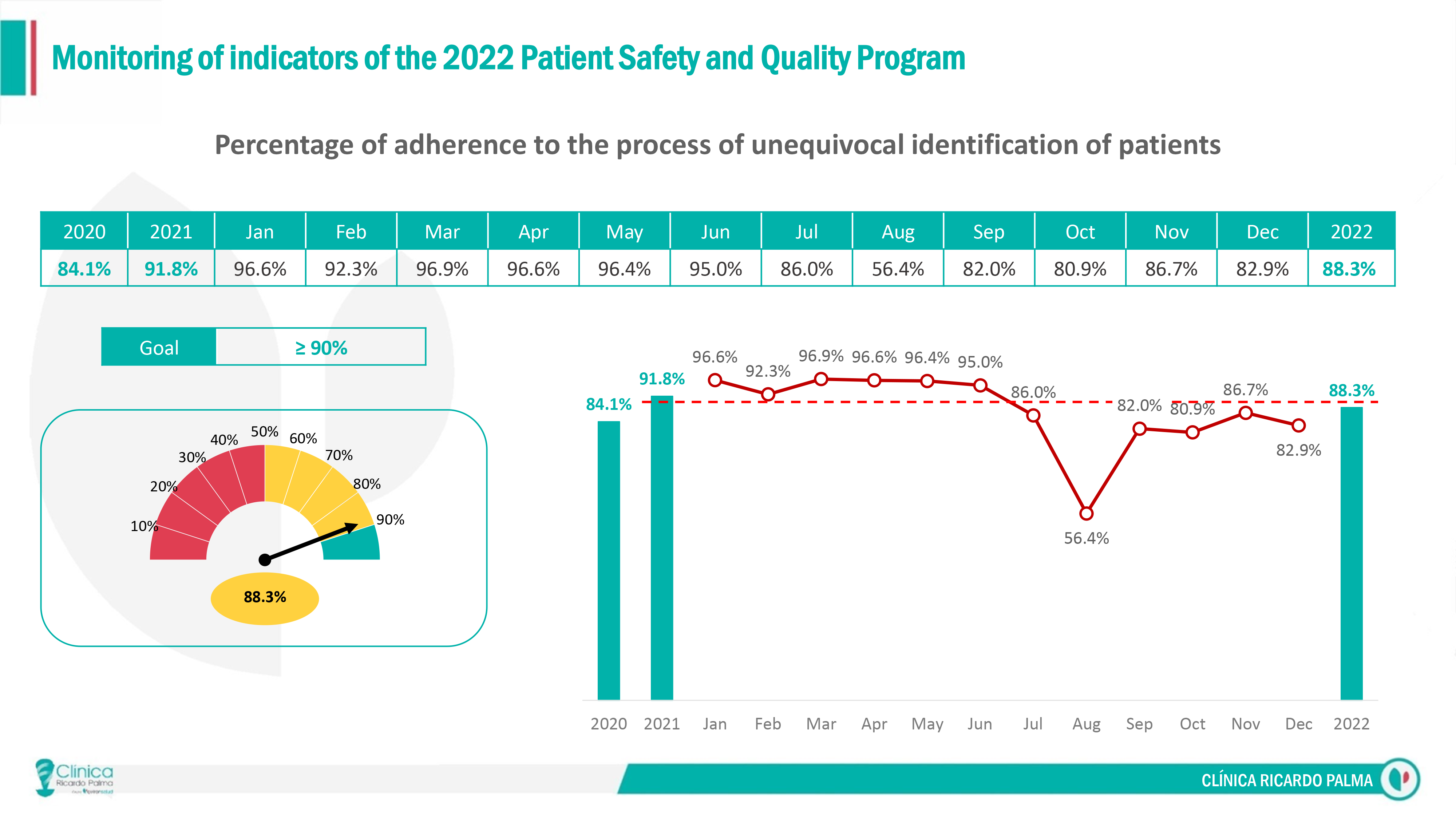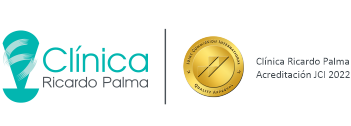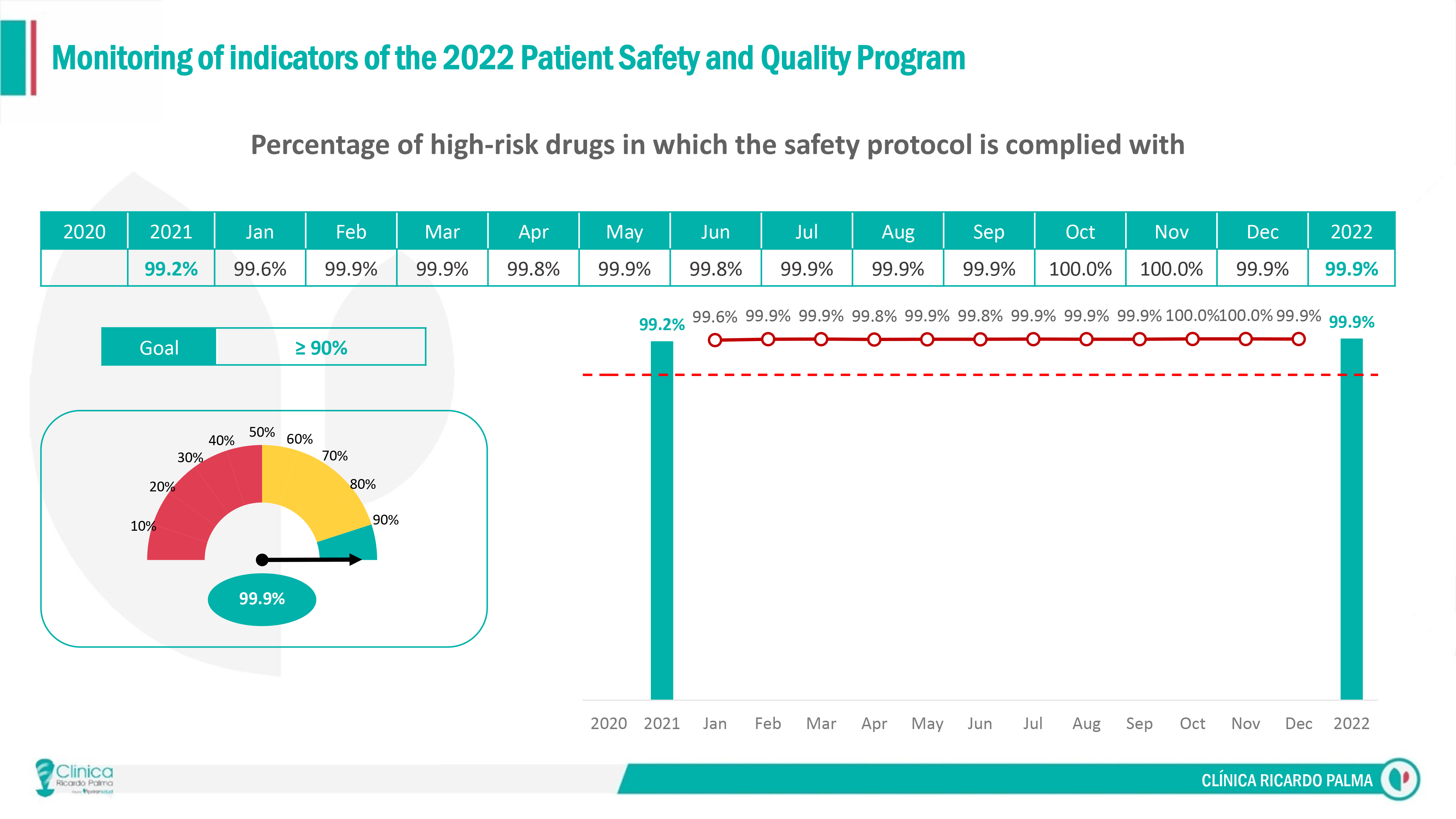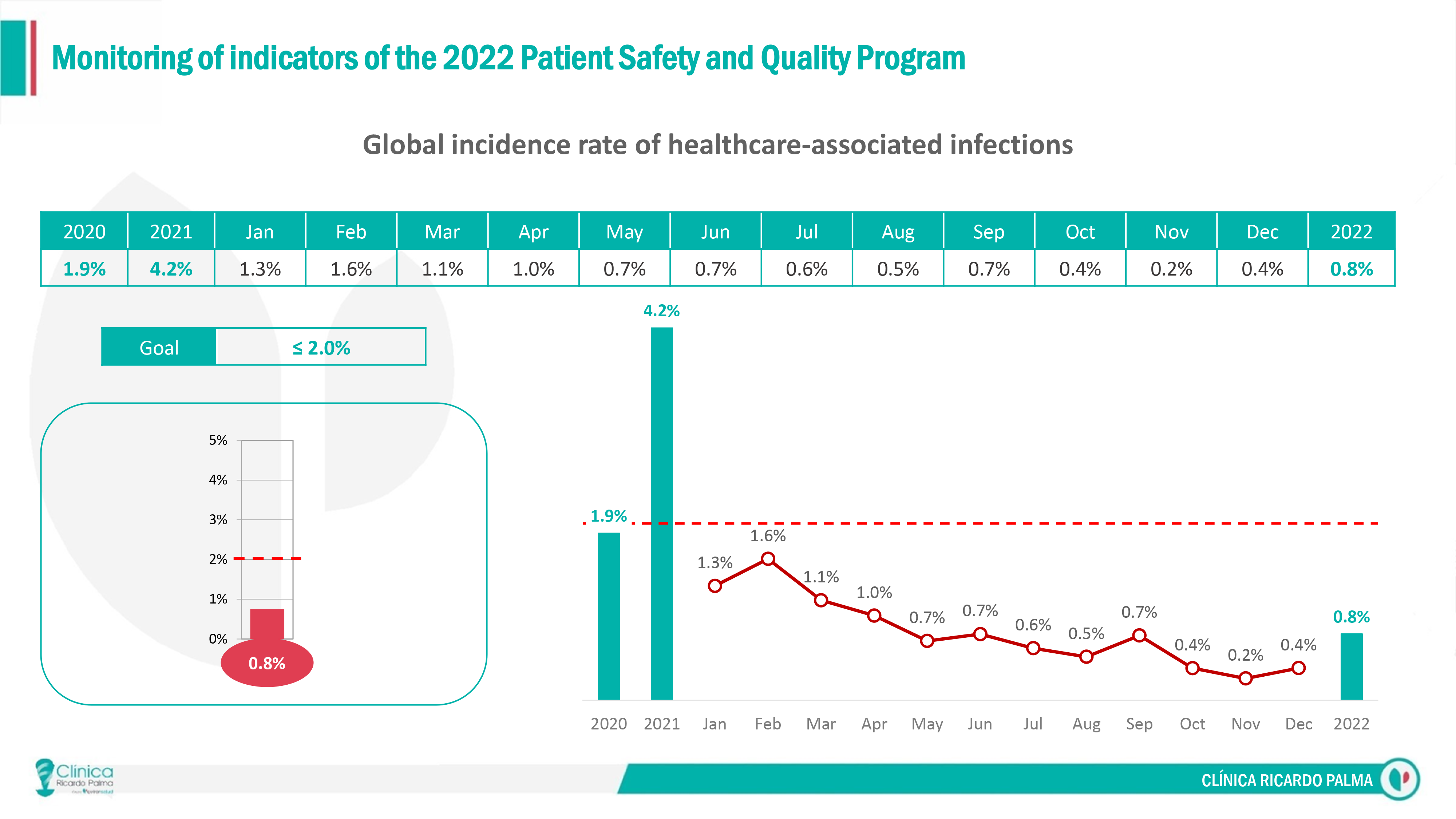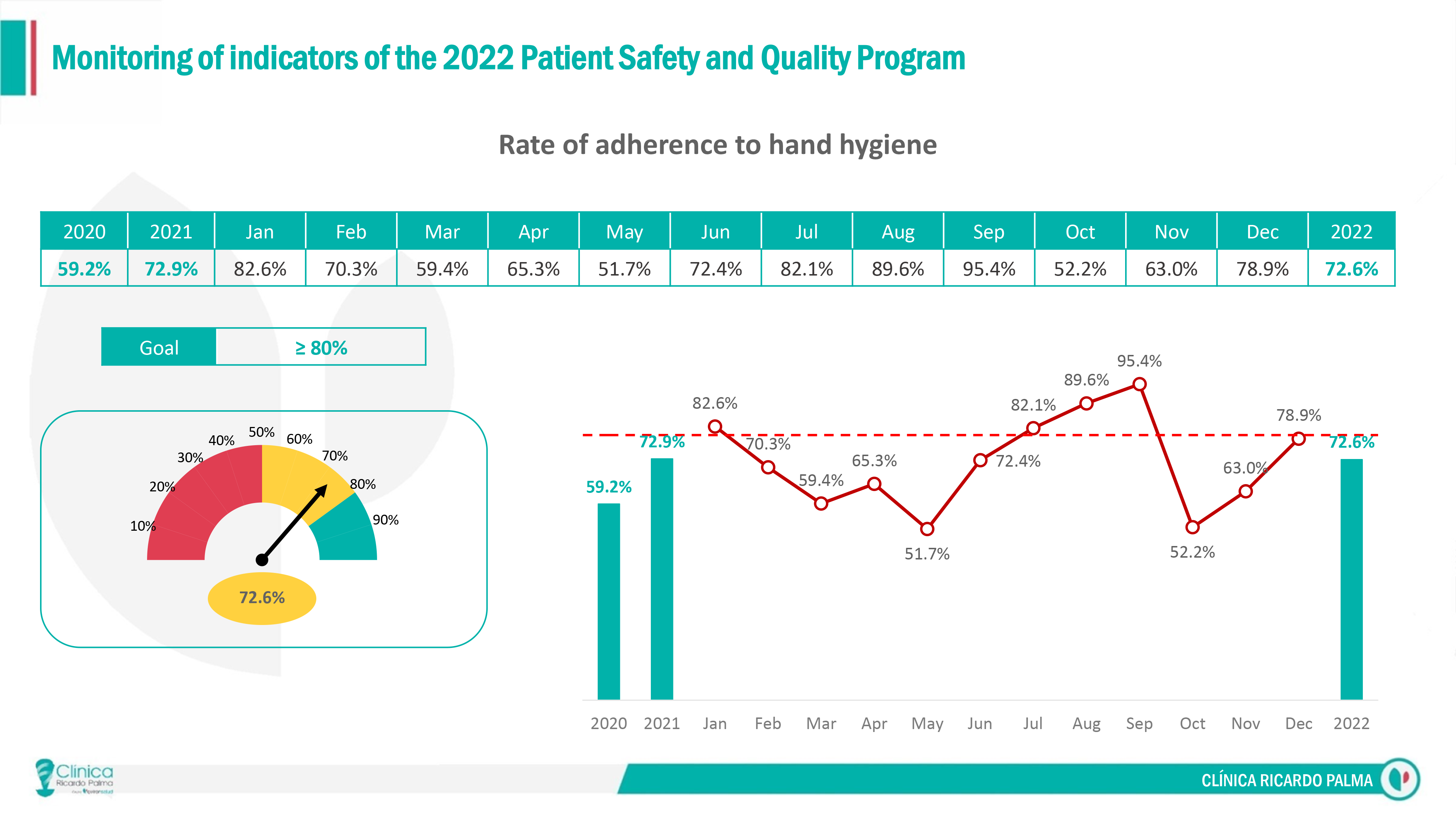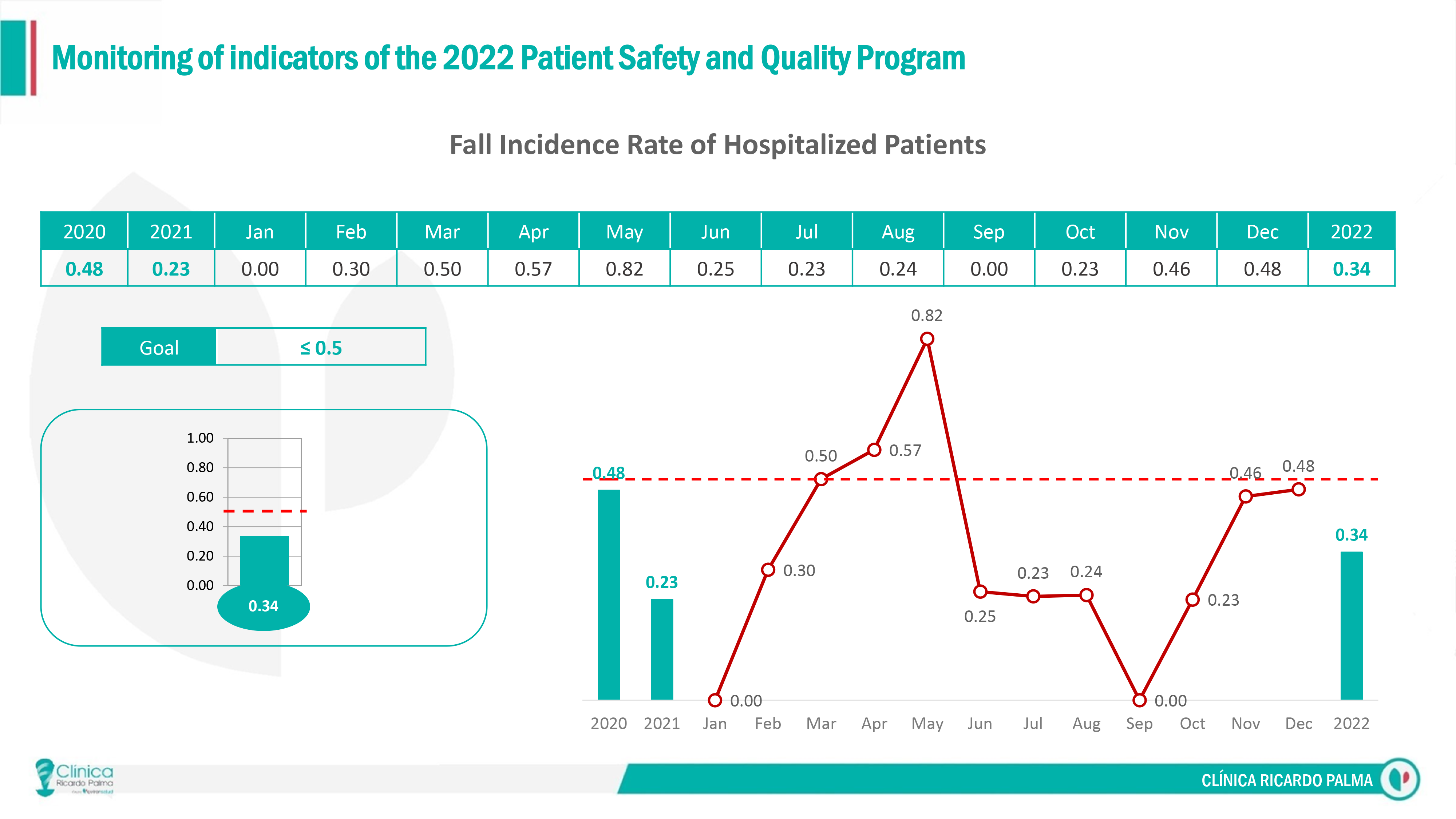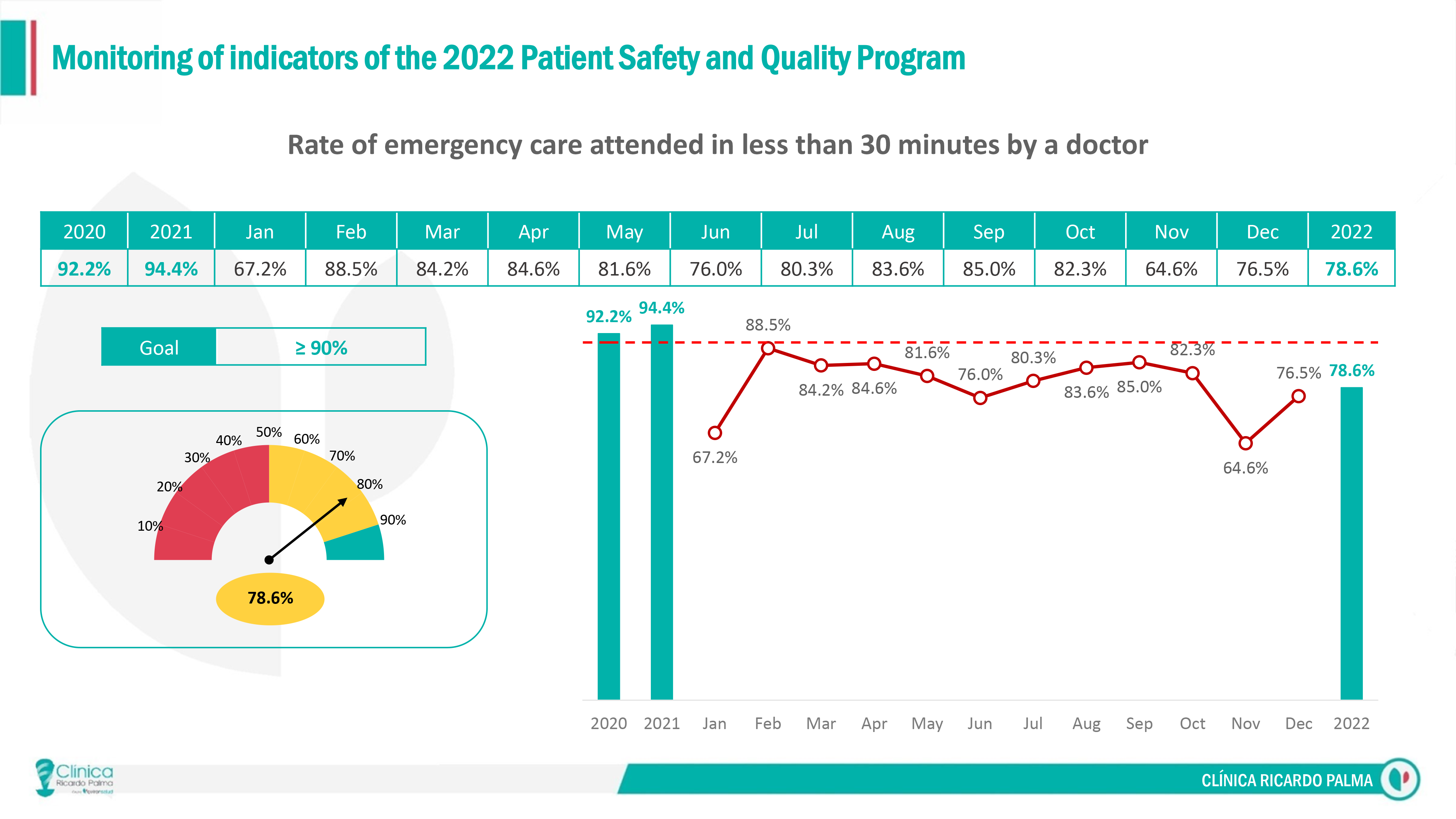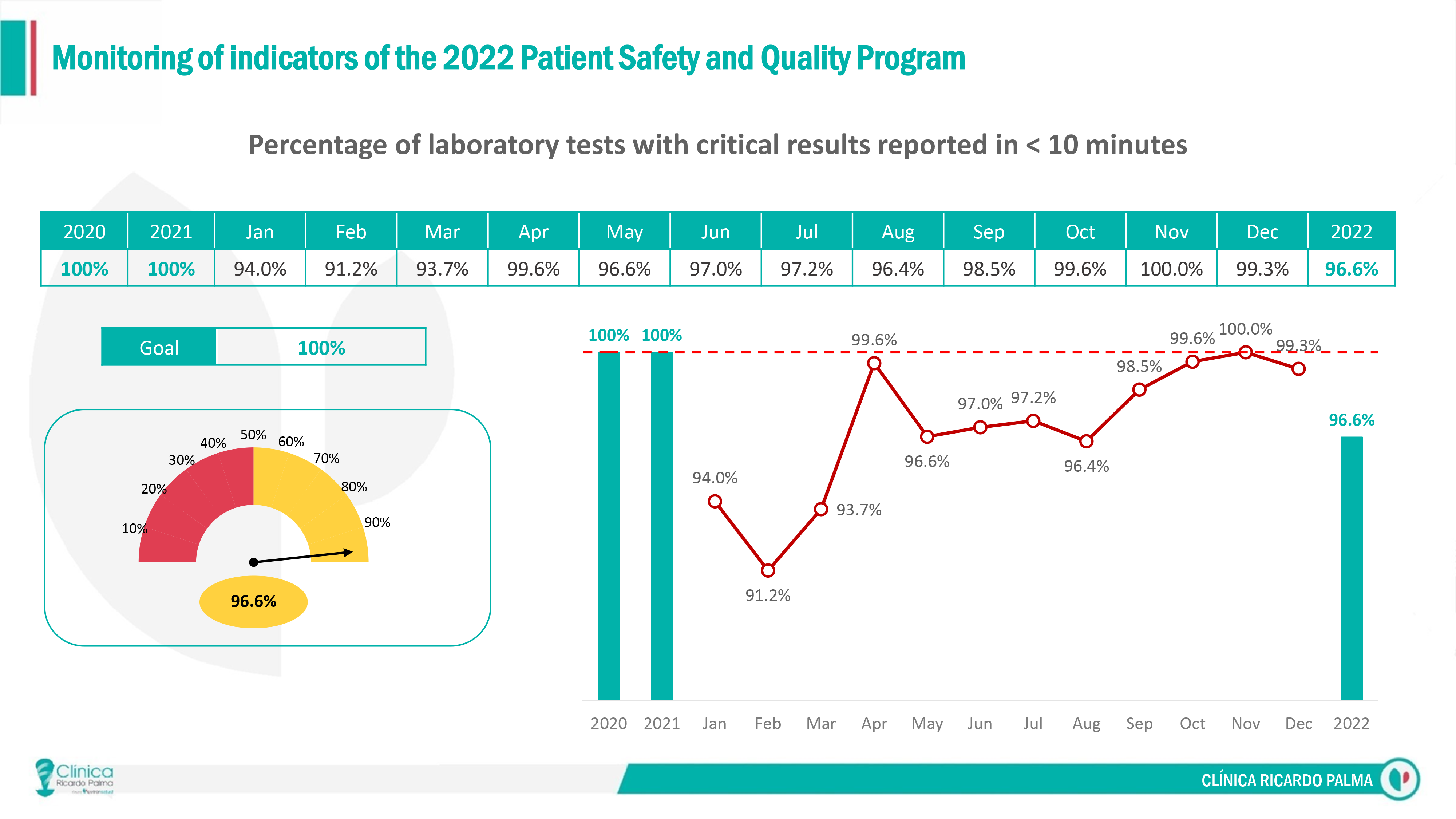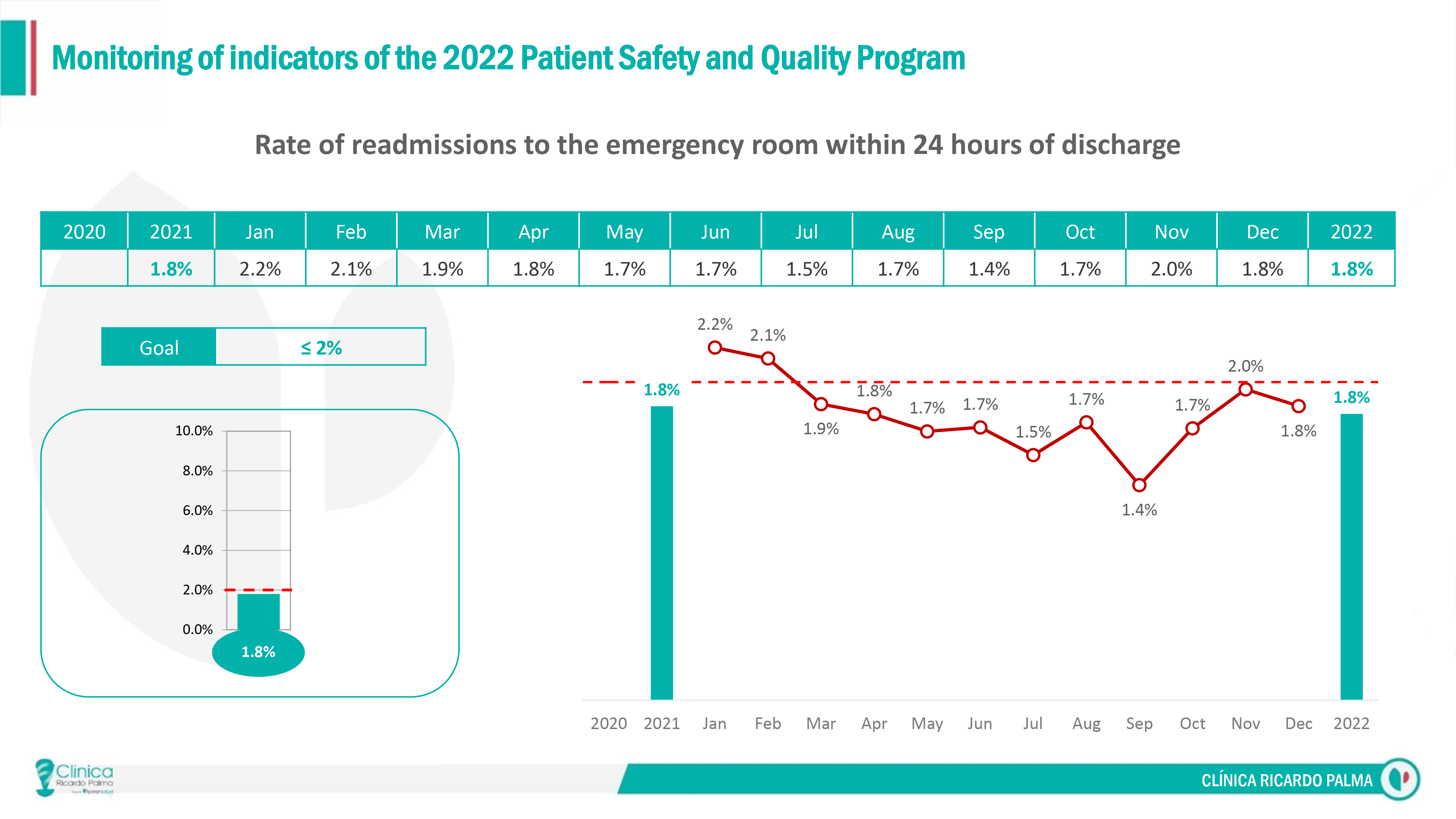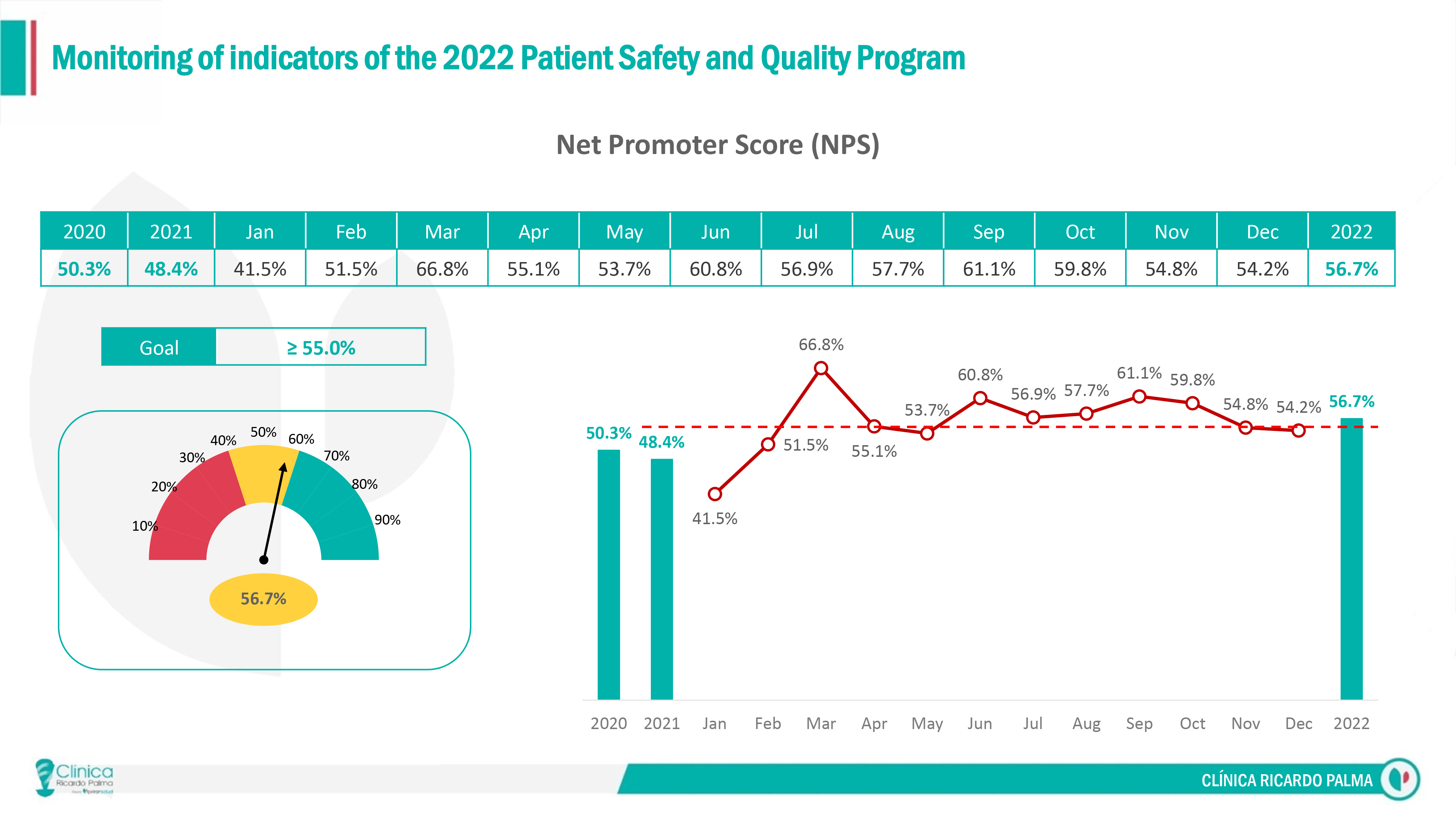The unambiguous identification of the patient is an international patient safety goal that seeks to ensure at all times that the right person receives the indicated service or treatment. It also allows us to identify specific situations of each patient such as allergies or other conditions that require special care that all staff must know
